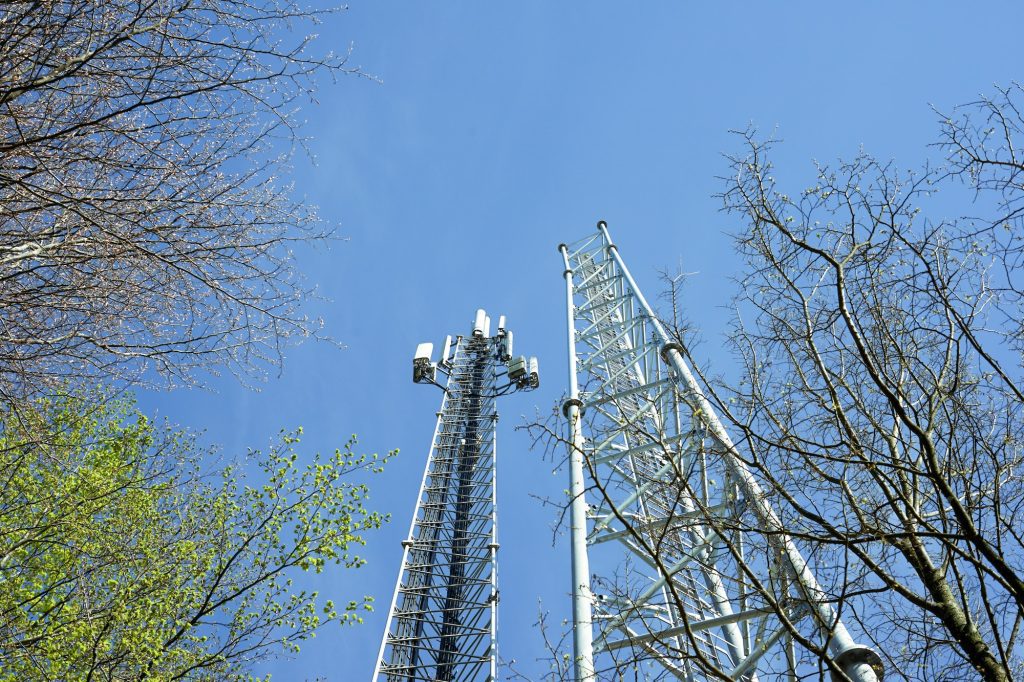































 Telecommunication and cell tower, 4G and 5G radio network telecommunication equipment.,
Telecommunication and cell tower, 4G and 5G radio network telecommunication equipment.,In a collective effort to achieve comprehensive connectivity across Europe by 2030, the European Parliament's Industry, Research and Energy (ITRE) Committee has endorsed telecom regulation proposal. This proposal advocates for harmonized telecom rules throughout the EU, the removal of extra charges for intra-EU calls, and the adoption of the administrative tacit approval principle.
If approved by the European Parliament on 19 September, this proposal will serve as a foundation for interinstitutional negotiations, pending the final position of the Council of Ministers. Alin Mitu?a, the Parliament's rapporteur on the proposal, stressed the pressing need for action, noting that the future development of society and the economy relies significantly on extensive, very high-capacity networks.
Members of the European Parliament (MEPs) have taken a strong stance by advocating the abolition of extra fees for intra-EU calls. Nevertheless, this proposal may spark contentious debates when reconciling with the Council, which has been consistently opposed to fee elimination.
The text of the proposal discusses the 'tacit approval principle' where non-response to permit requests implies approval, with an exception for potentially unconstitutional cases. It aims to boost public-private partnerships for better connectivity in sparsely populated European regions. In such areas, telecom operators will be prohibited from deploying parallel networks if local authorities opt to invest public funds in their infrastructure. Instead, operators will gain access to these public infrastructures for a fee.
Additionally, the text addresses tower companies, emphasising the importance of fair competition by requiring them to offer physical access to multiple telecom operators. Regarding the installation of telecom infrastructure, the compromise text stipulates the use of commercial buildings where public infrastructure is unavailable, with flexibility for member states to exceed these requirements. The text underlines the significance of ensuring fair and reasonable pricing for access to physical infrastructure and land.
The European Commission is tasked with creating pricing guidelines in coordination with stakeholders and regulators. The regulation also maintains the Commission's proposal for national fully digitalized Single Information Points, encouraging member states to provide more information than required to expedite network deployment. Lastly, it retains the term 'fibre' instead of adopting a technologically neutral term and addresses satellite connectivity, authorising the Commission to evaluate the use of satellite backhauling in digital high-speed connectivity through the IRIS2 satellite constellation, with a report due in three years.
The proposed new regulation aims to support the EU's 2030 Digital Decade target on connectivity. This objective seeks to guarantee that all EU residents have access to high-speed Gigabit connectivity and swift mobile data by 2030. Accomplishing these connectivity targets set by the EU as part of the Digital Decade Policy Programme 2030 will necessitate investments surpassing
 Hot Tags :
Digital access
Development
Hot Tags :
Digital access
Development